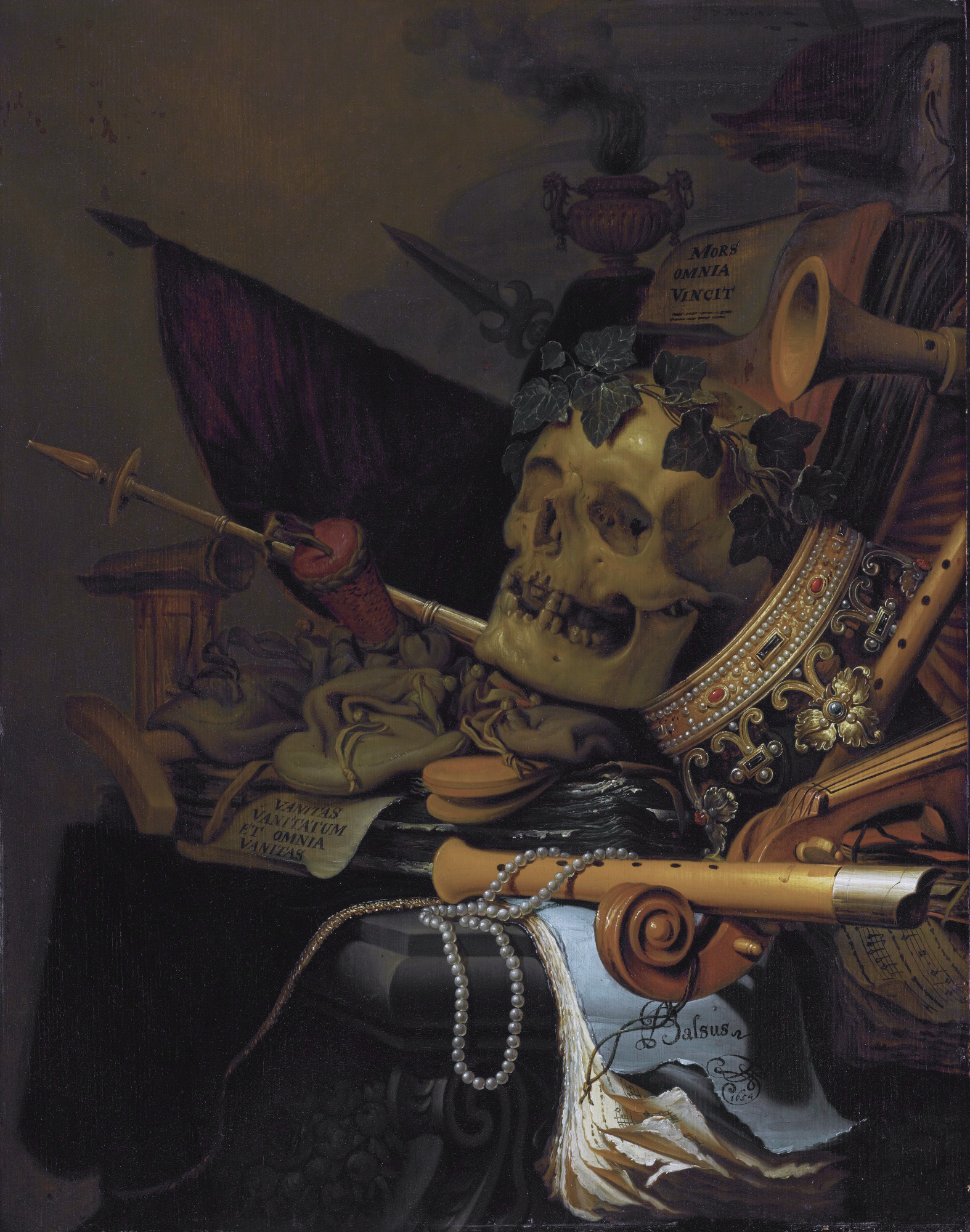Jan Vermeulen on:
[Wikipedia]
[Google]
[Amazon]
 Johannes van der Molen or Johannes Jan Vermeulen was a
Johannes van der Molen or Johannes Jan Vermeulen was a
/ref> Paintings with the
Details on the painting Still Life with an open Book by Sothebys
/ref>
 Johannes van der Molen or Johannes Jan Vermeulen was a
Johannes van der Molen or Johannes Jan Vermeulen was a still-life
A still life (plural: still lifes) is a work of art depicting mostly inanimate subject matter, typically commonplace objects which are either natural (food, flowers, dead animals, plants, rocks, shells, etc.) or man-made (drinking glasses, boo ...
painter during the Dutch Golden Age
The Dutch Golden Age ( nl, Gouden Eeuw ) was a period in the history of the Netherlands, roughly spanning the era from 1588 (the birth of the Dutch Republic) to 1672 (the Rampjaar, "Disaster Year"), in which Dutch trade, science, and Dutch art, ...
. He was active in Haarlem
Haarlem (; predecessor of ''Harlem'' in English) is a city and municipality in the Netherlands. It is the capital of the province of North Holland. Haarlem is situated at the northern edge of the Randstad, one of the most populated metropoli ...
from 1638 to 1674. His specialty was the Vanitas
A ''vanitas'' (Latin for 'vanity') is a symbolic work of art showing the transience of life, the futility of pleasure, and the certainty of death, often contrasting symbols of wealth and symbols of ephemerality and death. Best-known are ''van ...
, a style of painting meant to symbolize the transience of life. Many of them feature books.
Life and work
Nothing is known about his artistic training. He is documented for the first time in 1638 in Haarlem. In 1651, he is on an archival list of theGuild of Saint Luke
The Guild of Saint Luke was the most common name for a city guild for painters and other artists in early modern Europe, especially in the Low Countries. They were named in honor of the Evangelist Luke, the patron saint of artists, who was ide ...
, as a member and a citizen of Haarlem, under the name Johannes van der Meulen.
In 1674, he is recorded in church documents as having been married for the second time, after which no further mention of him has yet been discovered.
Very few works by this artist are known with any certainty. In addition to books, they include scientific objects and musical instruments, with a limited color range.Livres et instruments, Nantes/ref> Paintings with the
monogram
A monogram is a motif made by overlapping or combining two or more letters or other graphemes to form one symbol. Monograms are often made by combining the initials of an individual or a company, used as recognizable symbols or logos. A series o ...
IVM, dating from 1661 may be his, although some sources say those works belong to an Isaac Vermeulen.
Some of his works may be seen at the Statens Museum for Kunst
The National Gallery of Denmark ( da, Statens Museum for Kunst, also known as "SMK", literally State Museum for Art) is the Danish national gallery, located in the centre of Copenhagen.
The museum collects, registers, maintains, researches and han ...
, Mauritshuis
The Mauritshuis (; en, Maurice House) is an art museum in The Hague, Netherlands. The museum houses the Royal Cabinet of Paintings which consists of 854 objects, mostly Dutch Golden Age paintings. The collection contains works by Johannes Vermeer ...
, Schloss Johannisburg
Schloss Johannisburg is a schloss in the town of Aschaffenburg, in Franconia in the state of Bavaria, Germany. It was erected between 1605 and 1614 by the architect for Johann Schweikhard von Kronberg, Prince Bishop of Mainz. Until German medi ...
and the Musée des beaux-arts de Nantes. Others are in private collections.
Auctions
The painting "Still life with an open book" is part of an Old Masters auction withSothebys
Sotheby's () is a British-founded American multinational corporation with headquarters in New York City. It is one of the world's largest brokers of fine and decorative art, jewellery, and collectibles. It has 80 locations in 40 countries, and ...
London 2020 may 7.
/ref>
References
External links
{{DEFAULTSORT:Vermeulen, Jan 17th-century Dutch painters Dutch still life painters Artists from Haarlem